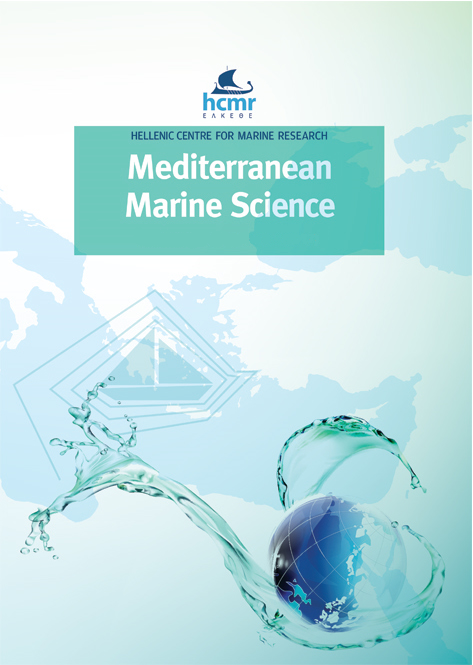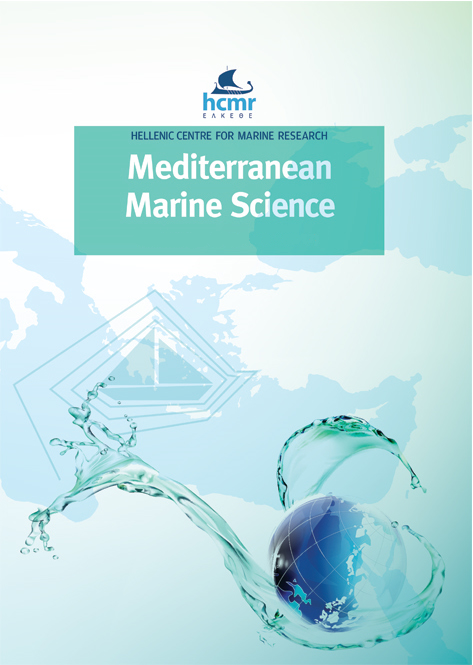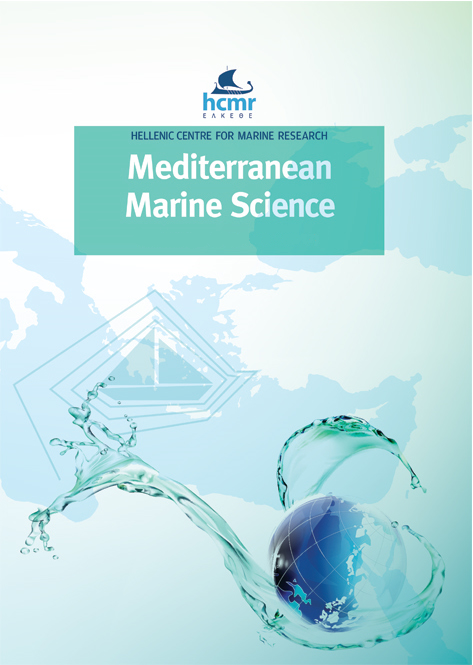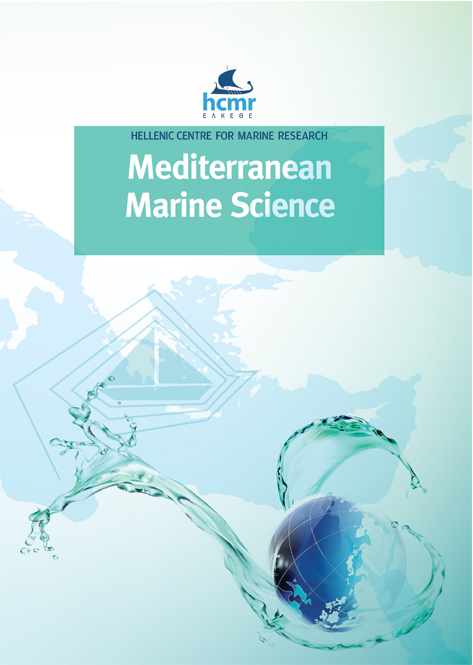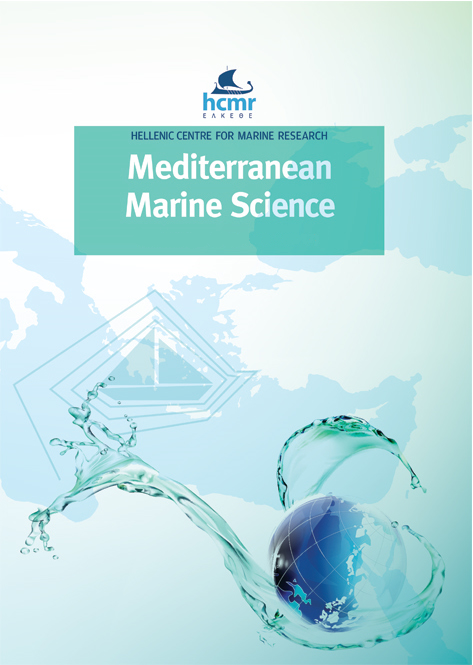Trophic habits of the invasive crab Libinia dubia H. Milne Edwards, 1834 from the Gulf of Gabès (Tunisia)
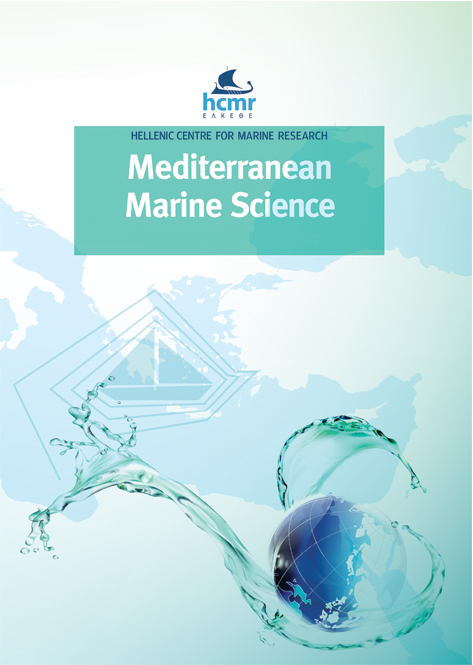
Περίληψη
Feeding habits of the invasive spider crab Libinia dubia from the Mediterranean Sea were studied in the Gulf of Gabès (Tunisia) using the frequency of occurrence and points methods. The population was sampled at least monthly between November 2015 and October 2016. Stomach contents of 384 specimens were analysed. Results indicate that L. dubia is an herbivorous species exhibiting clear preferences for algae (ALG) and Magnoliophyta (MAG) (62.03%, 7.13 points and 59.36%, 5.3 points respectively) although Echinodermata (ECH), Porifera (POR), Cnidaria (CNI), Mollusca (MOL), Polychaeta (POL), Crustacea (CRU) and fish (FIS) were accidentally consumed along with Bryozoa (BRY), sediment (SED), and unidentifiable materials (UNM). The diversity of ALG ingested was studied in detail: Chlorophyceae were found in 87.93% of stomachs containing ALG and contributed most of points to the stomach contents (4.18 points) followed respectively by Phaeophyceae (81.03%, 2.27 points) and Rhodophyceae (40.95%, 0.68 points).Very low Vacuity Index was recorded (VI = 2.6%). Ingested items varied significantly with regard to the season (Chi-square test, χ2calculated = 87.86 > χ2theoretical = 7.81, df = 3, p < 0.05) and crab size (χ2calculated = 14.25 > χ2theoretical = 5.99, df = 2, p = 0.026). Insignificant differences were registered by studying Carapace Width-Stomach Weight (CW-SW) relationships (T-test, tcalculated < ttheoretical, p > 0.05). Kruskal-Wallis test was applied so that the composition of crab diet among groups could be compared (H = 1.1, df = 3, p = 0.77).
Λεπτομέρειες άρθρου
- Πώς να δημιουργήσετε Αναφορές
-
CHAFFAI, A., RJIBA-BAHRI, W., ABIDI, A., DENIS, F., & BEN SOUISSI, J. (2020). Trophic habits of the invasive crab Libinia dubia H. Milne Edwards, 1834 from the Gulf of Gabès (Tunisia). Mediterranean Marine Science, 21(2), 420–432. https://doi.org/10.12681/mms.22001
- Τεύχος
- Τόμ. 21 Αρ. 2 (2020)
- Ενότητα
- Research Article
Authors who publish with this journal agree to the following terms:
- Authors retain copyright and grant the journal right of first publication with the work simultaneously licensed under a Creative Commons Attribution Non-Commercial License that allows others to share the work with an acknowledgement of the work's authorship and initial publication in this journal.
- Authors are able to enter into separate, additional contractual arrangements for the non-exclusive distribution of the journal's published version of the work (e.g. post it to an institutional repository or publish it in a book), with an acknowledgement of its initial publication in this journal.
- Authors are permitted and encouraged to post their work online (preferably in institutional repositories or on their website) prior to and during the submission process, as it can lead to productive exchanges, as well as earlier and greater citation of published work (See The Effect of Open Access).






